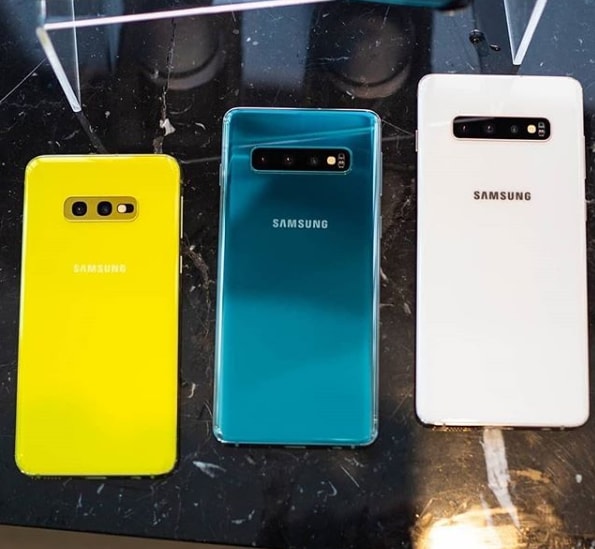Once you have created your first Nandroid backup, you can follow these steps to do a complete restore on both the Pixel and the Pixel XL.
When TWRP was first released for the Pixel phones, I talked about how it was in an alpha state and how we should expect some bugs with that release. Since then, the developer behind TWRP has pushed out an updated version (RC1 as of writing this) and this updated version fixes a number of bugs that people were having with the custom recovery.
I was one of those people who had an issue with restoring from a Nandroid backup on my Pixel phone.
This was indicated in the official XDA thread as well, and when I tried to do a restore, my entire phone was wiped clean (at least on the slot I was currently using). This was due to a conflict with the Pixel and Pixel XL‘s file-based encryption, if I recall correctly, and thankfully it has been fixed now. If you are still on an alpha build of TWRP, then you’ll want to update to a newer version.
If you’re not sure how to update then you can look forward to a new tutorial as I will cover that this week (likely tomorrow).
Restoring a Nandroid Backup on the Pixel
- Boot the Pixel phone into Fastboot Mode
- So you can boot the Pixel phone over into Recovery Mode
- Tap on the Mount button
- Uncheck the Mount System Partition Read-Only option (if it’s checked)
- Then make sure the System, Vendor, and Data partitions have a Check by them
- Press the Home button
- Tap on the Restore button
- Tap on the Nandroid backup you want to restore from
- Select the partitions you want to restore (make sure all are selected if you want to do a full restore)
- Swipe the white arrows at the bottom to start to restore process
- Wait for the Nandroid backup to be restored
- Then tap the Reboot System button when it appears
Explanation
Unlike deleting a Nandroid backup from within TWRP, doing a full restore is fairly straight forward. The only issue I ran into at first was not having the System partition mounted properly. In previous version of TWRP, it would already be mounted properly. For some reason, TWRP is only mounting the System partition as read-only by default. This will unlikely be an issue with future Nandroid restores though (so you’ll probably only need to do steps 3, 4, and 5 once).
Once you have booted into Recovery Mode, and once you have allowed the System partition to be mounted properly, you can go back to the TWRP main menu and then tap on the Restore button. This will present you with a list of all the Nandroid backups you have on your phone. If you labeled them properly, you should see which one is newest, and which one you want to do a restore from.

So just tap on the Nandroid backup you want to do a restore from and you’ll see all of the partitions that make up this backup. Unless you only want to restore from a specific partition, then you can just make sure all of the partitions here have a check mark next to it. This indicates that you want to restore that partition from its backup. When you have selected which partitions you want to restore from, go ahead and swipe the white arrows at the bottom of the screen to the right.
Depending on how big your Nandroid backup is (mine was 7.1GB), your restore process will take less or more time than mine did. I skip through most of the waiting in the embedded video above though, so just be patient during this process. Unless you come across an error that stops the restore process, then you should continue to wait. You should see the percentage at the bottom going up until it reaches 100% and is completed.
Once the restore process is finished, you can tap on the Reboot System button at appears toward the bottom right of the screen. This will restart your Pixel phone and take you back into the regular Android OS (at the point in which the backup you restored from was created).




